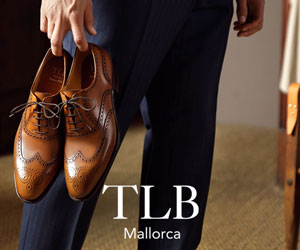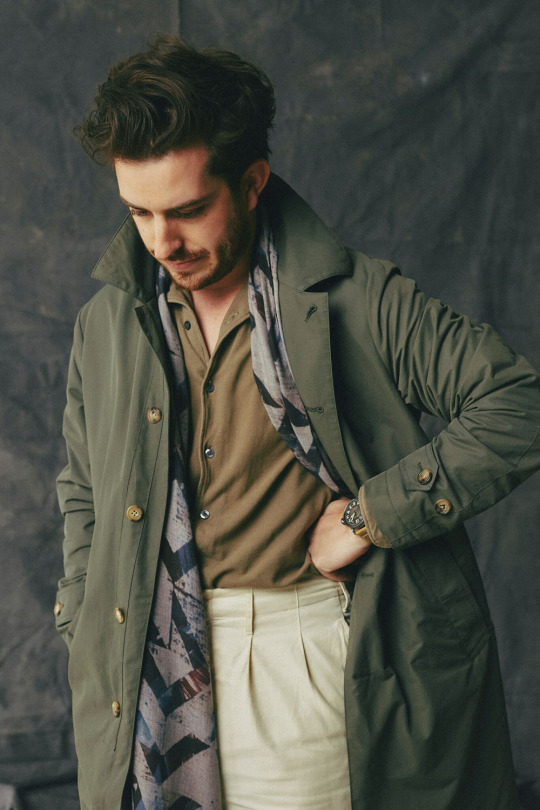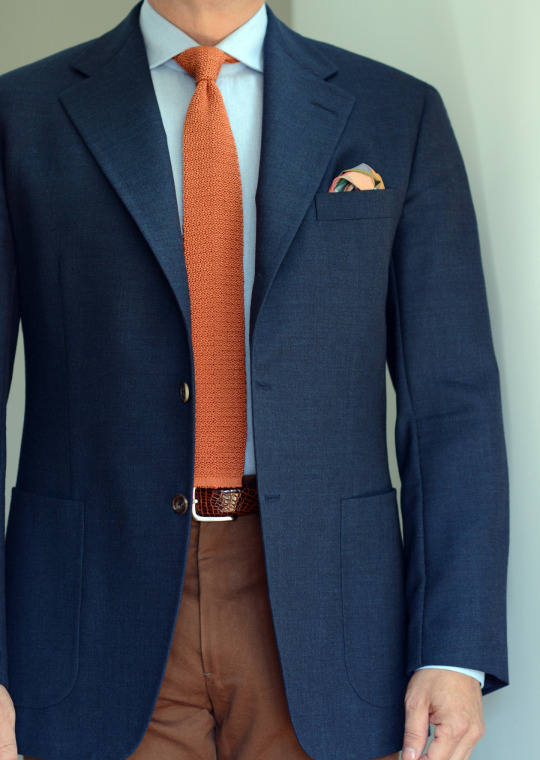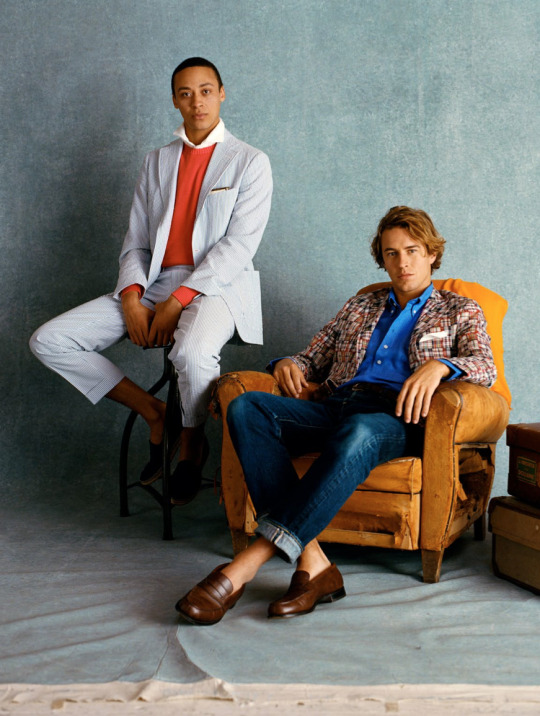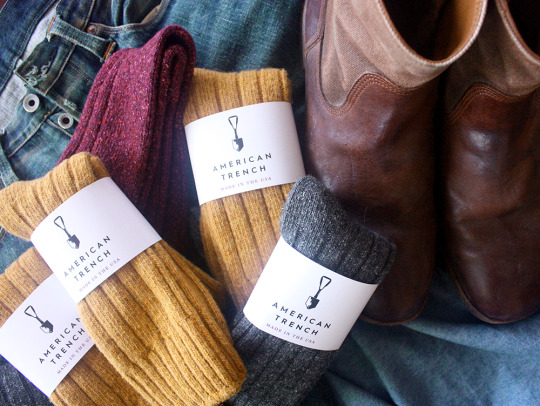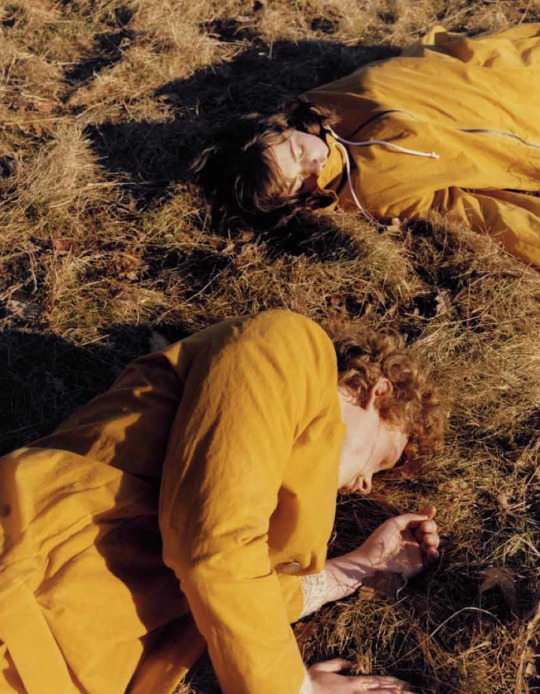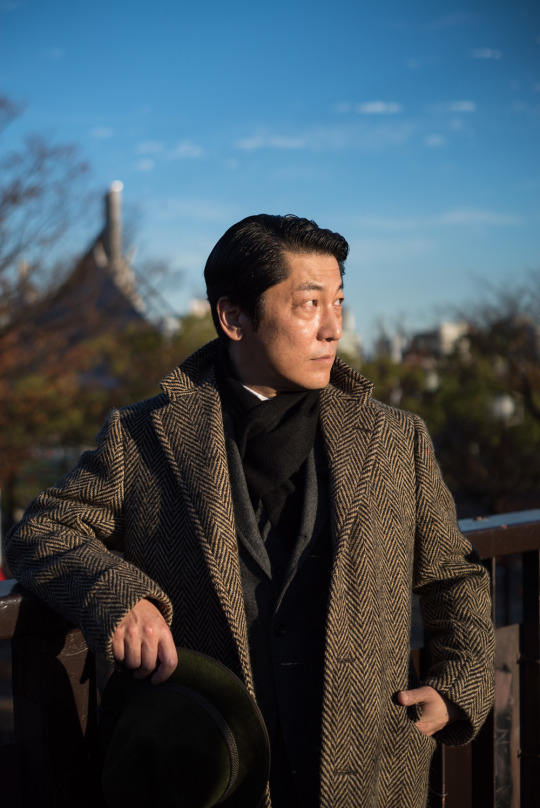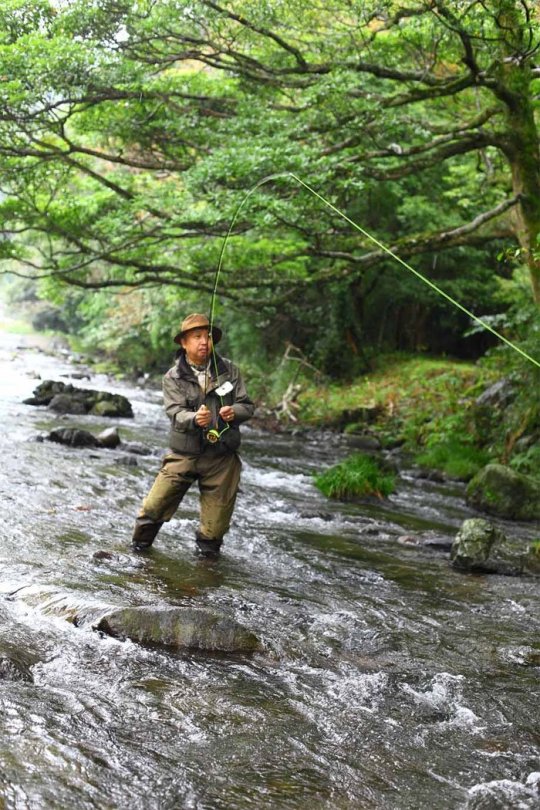
The Compleat Angler is the book everyone owns, but no one has read. It’s the third most reprinted work in the English language, just after the Bible and Shakespeare. Written by an English tailor named Izaak Walton, it’s ostensibly about fishing, but fishing is just the hook to Walton’s deeper and more contemplative mediations on all things pastoral. Between his practical instructions on how to be a better fisherman, Walton interleaved poems, song lyrics, illustrations, cooking recipes, and other diversions about nature. He believed that fishing was at once a sport, a social activity, and a spiritual experience – and by connecting with it, we could become better people.
The thing to know about The Compleat Angler is that it was written during a time of tremendous upheaval. England was in the middle of its civil war; Oliver Cromwell had just executed the king; and the country was trying to set up its first Commonwealth. Walton, a staunch monarchist and devout Anglican, felt displaced, so he retreated to the countryside and sought refuge in fishing. He dreamed of the “Brotherhood of the Angle,” a group where men could set aside their political differences and unite through their shared appreciation of nature. This was transcendentalism before transcendentalism; a rejection of Hobbes’ Leviathan. It was a modest proposal that fishing isn’t really about catching fish, it’s about finding community and peace. As Walton puts it, to “go a-Angling” is to “study to be quiet.” One of my favorite passages from the book reads:
And for you that have heard many grave, serious men pity Anglers; let me tell you, Sir, there be many men that are by others taken to be serious and grave men, whom we condemn and pity. Men that are taken to be grave, because nature hath made them of a sour complexion; money-getting men, men that spend all their time, first in getting, and next, in anxious care to keep it; men that are condemned to be rich, and then always busy or discontented: for these poor rich-men, we Anglers pity them perfectly, and stand in no need to borrow their thoughts to think ourselves so happy. No, no, Sir, we enjoy a contentedness above the reach of such dispositions […]
Keep reading





